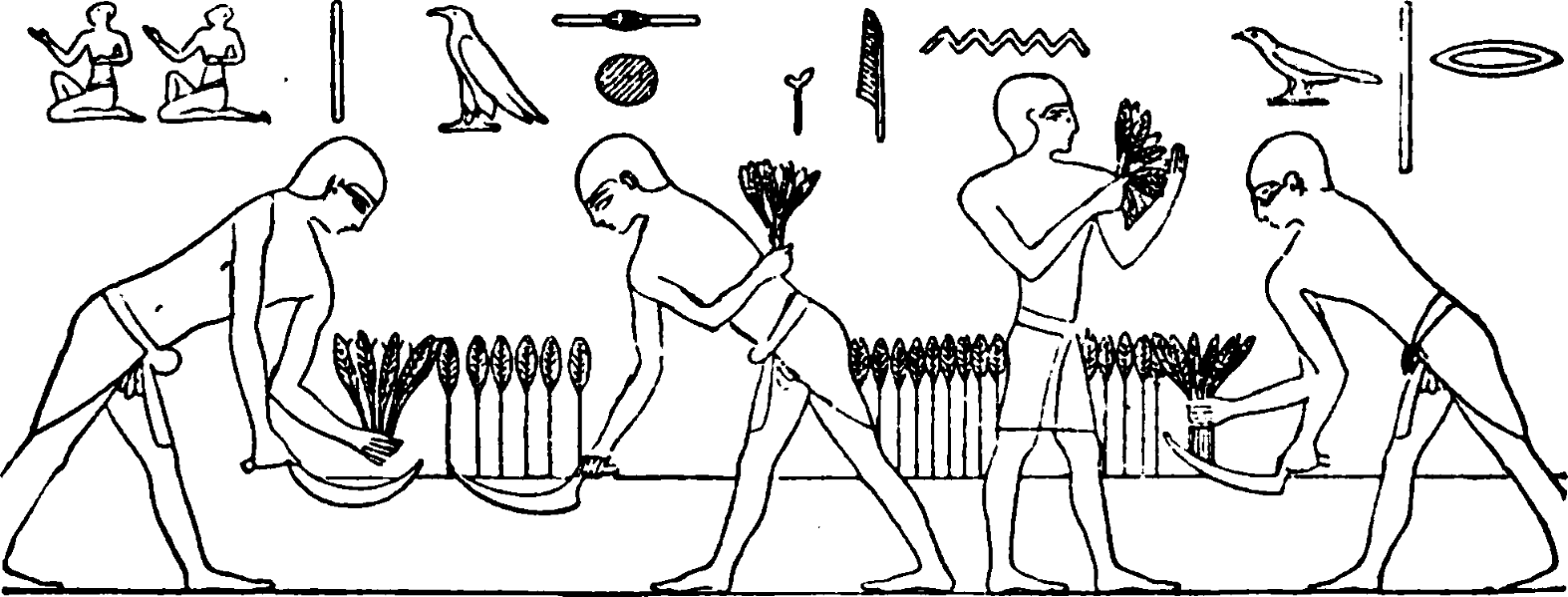<![CDATA[The earliest evidence of human parasite infection has now been unearthed in a burial site that dates back to Ancient Mesopotamia. This finding is considered to be the earliest trace of parasite infection suffered by humans. According to scientists and experts, the egg of a parasite that is still known to infect humans was found in a burial plot of a child who lived in an ancient farming community approximately 6200 years ago. The eggs were uncovered in a cemetery at a site known as the Tell Zeidan. The cemetery consisted of 26 skeletons and is considered to have been occupied by humans from 7800 – 5800 years ago. According to Gil Stein, the director of excavations, the site may have housed a few thousand people. The group of experts at the site collected soil samples from the area around the skeletons’ abdomen and also from around the feet and the heads. The eggs found there also led to theories that the soil was contaminated more recently. After sifting through the soil and looking for particles that were considered to be the ideal size to be the egg of the parasite (about 0.1mm in diameter). These particles were then mixed with water and placed under a microscope in order to study them further. This egg was found in the soil around the pelvis of a child’s skeleton. However, researchers couldn’t find any eggs close to the feet or the head of the corpse. This suggests that the parasite egg came from the person in the burial site and not by way of urine at a later date. The oldest Schistosoma egg that was unearthed before this latest discovery was found on an ancient Egyptian mummy that dated back to almost 5200 years ago. According to Dr. Piers Mitchell, a biological anthropologist working at the University of Cambridge, this discovery constitutes of the earliest evidence of a parasite that leads to Schistosomiasis in human beings. Scientists believe that the parasite first originated in the Fertile Crescent, a region located close to the Euphrates River and the Tigris in the Middle East. It is said that the very first irrigation techniques of the world were invented in this region approximately 7500 years ago. Mitchell also states that these reports suggest that developments and advances in the farming technologies employed by man ultimately led to the rise of human infections with this water born worm. The Schistosoma parasite exists in freshwater sails and burrows into the human skin when they wade into the fresh warm water. In the Middle East, this parasite generally infects the blood vessels in the kidneys that leads to diseases like anemia, bladder cancer and blood in the urine. In the African region, this parasite normally infects the bowels that leads to anemia and bleeding. The parasite spreads when its eggs are shed in the feces or urine of people who are already infected. According to experts, agricultural technologies can directly be tied to the prevalence of the parasite. A number of studies conducted in Africa have shown that irrigation, farming and dams are some of the most common reasons behind the spread of Schistosomiasis. ]]>
Ancient Schistosome Parasites Linked to Agriculture
